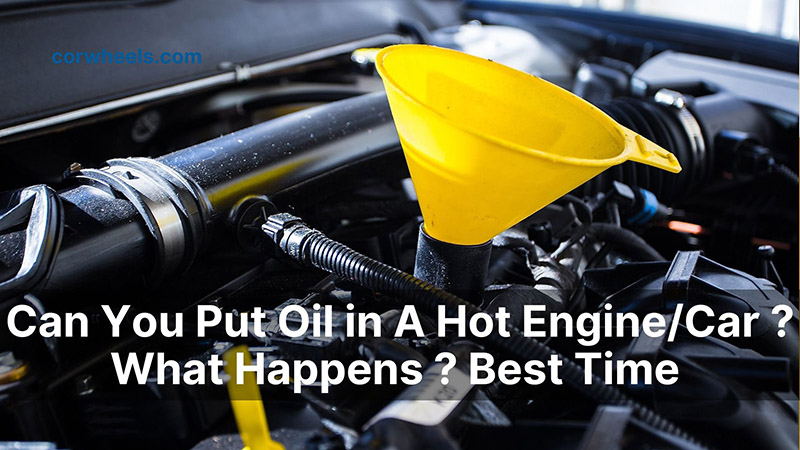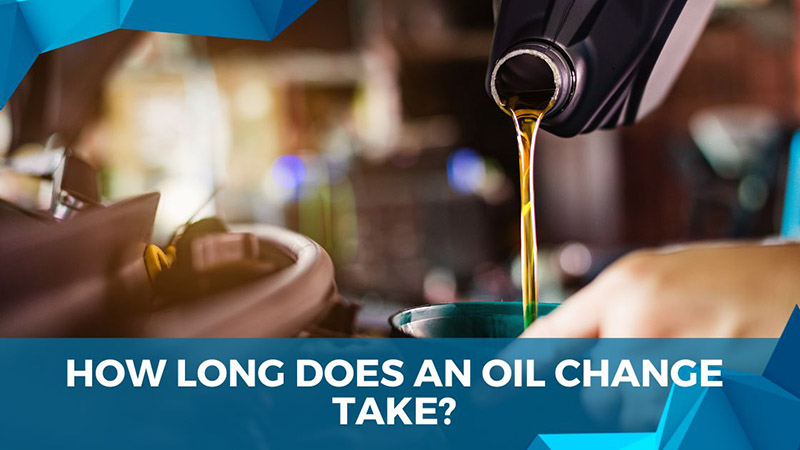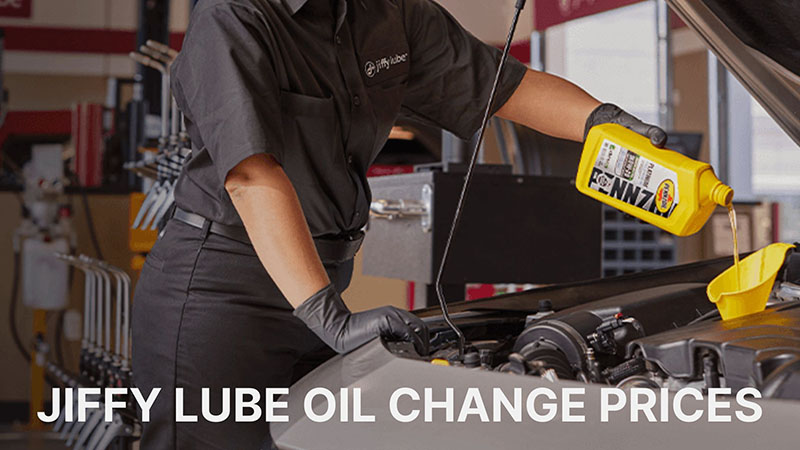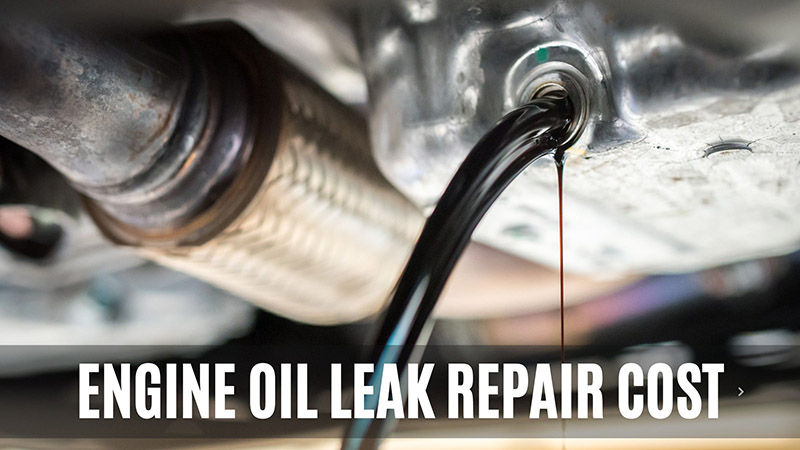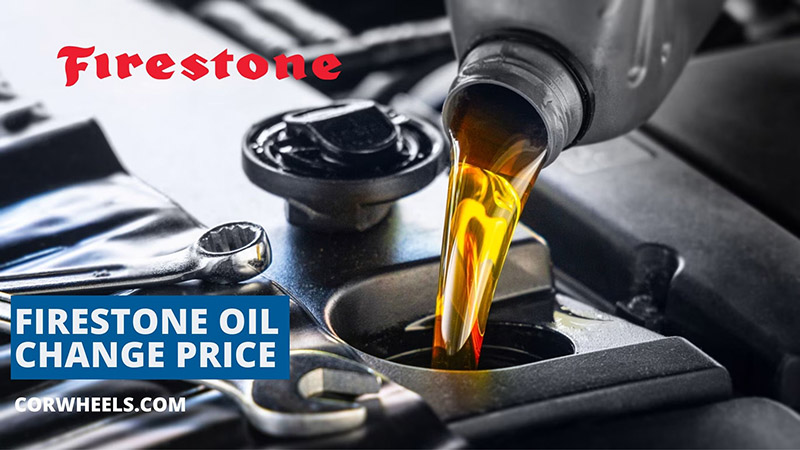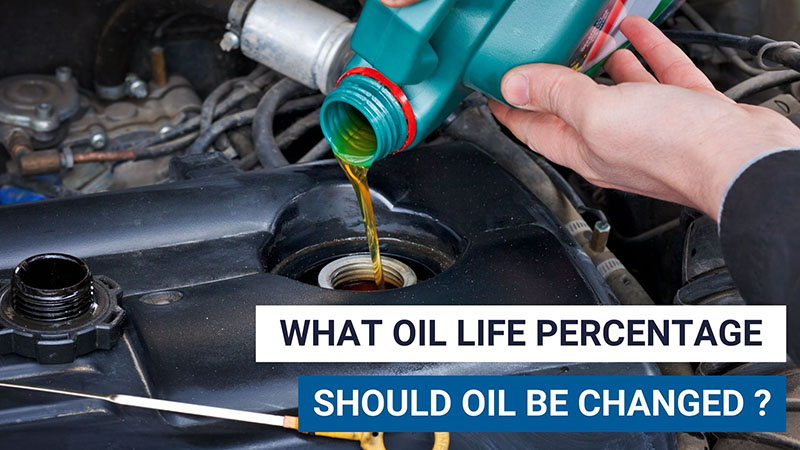Adding oil to car engines is something as ordinary as the sun rising in the East; what matters more is HOW you do it. Many drivers have started making it a habit to add oil to the engine while it is still hot, which raises quite a few eyebrows.
What might happen if you do it? Our insightful guide will explore all there is to know about this. Keep scrolling.
In this article:
Can I Add Oil To A Hot Engine? What Happens?
Yes. Technically, you can. Most cars’ engines are made of heavy-duty substances, which are unlikely to rust or damage due to excessive temperature. A little oil surely will not hurt it one bit.
A sizzling engine causes liquids and oils of all types to jostle under heated engine temperature, causing huge splashbacks. Imagine if some of these drops were flung onto her skin.
Also, hot oils are notorious for appearing thinner than usual, prompting the dipstick and oil sensor to show lower numbers than it actually is. Overfilling issues are sure at bay; oil leaks all over your gas cap are the shortest way to spark a fire.
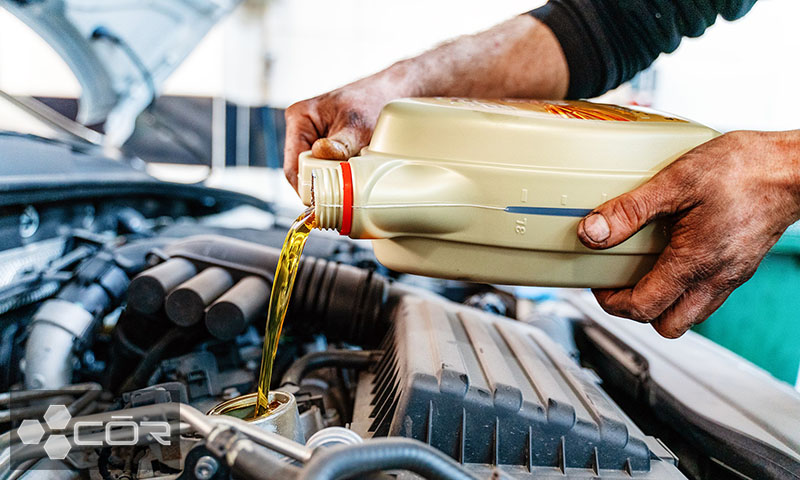
How Long to Let the Engine Cool Before Adding Oil? The Ideal Temperature
As mentioned, adding oil to a hot engine compartment doesn’t put the car in immediate danger.
Still, to avoid unnecessary or even dangerous burns, it would be best to wait until the internal combustion engine finally cools down (but not too cool) – or at least gets warmer.
Plus, my oil level measurement would be more accurate that way, with no excessive temperature and sizzling area expansion that might impact its readings.
Here are my two cents: assess the engine’s temperature first before proceeding with your oil.
If the engine is too hot:
- Shut it off first.
- Wait about 20 minutes (stretching to 30 minutes if you want) to give it time to cool off.
- Once done, drain the old fuel with an oil pump, then put in the new oil type.
If the engine is too cold (below zero due to cold weather):
- Start the car
- Leave it running for a few minutes and get warmed up
- Shut off the car and top your engine oil level
The next section will delve further into specific steps, ensuring even a beginner can’t do it wrong.
How to Fill The Engine With Oil Properly?
Part 1. Checking The Oil
Step 1. Let Your Car Rest For Five Minutes Before Checking The Oil
Why this advice? I checked the oil immediately after turning off my Jeep once, which resulted in accurate readings: some of my oil was still slotting on the engine’s top.
Also, keeping the vehicle on an even and level surface is important. Double-check to ensure the oil isn’t being checked on slants.
Step 2. Pop The Car Hood
My Jeep had a middle-size lever, which I used to pull off the hood. I ran my fingers between the car body and the hood until I touched it, and then, I pressed the lever inward.
However, some more modern cars will have a built-in button for such purposes; you only need to touch it for a few seconds. Check which one is your case.
Step 3. Find The Dipstick
My Jeep dipstick is small, with a yellow loop labeled “Oil.” But trust me, even without that label, the dipstick is super easy to locate – a long metal piece that extends to the pan to inform you of how much oil fuel is left.
Installed near the car’s front, it arrives with a hook-shaped, circular handle, which I use to draw the stick out without getting my hands dirty.
Step 4. Pull The Dipstick Out and Wipe It With A Clean Cloth
Engine oil spurts the dipstick during the car’s run, meaning you must clean it first to get accurate readings.
The marks on my Jeep stick are thin red lines (other cars might have cross-hatch squares, bends, or dots; it depends). Your proper oil level should be between the bottom and the maximum line (Full Line).
Step 5. Reinsert Your Dipstick, Then Pull Out to Observe The Oil
Confirm which line or mark your oil level is reaching. In the best scenario, it should be far from the bottom and close to the highest mark.
If that is not possible, then at least ensure the level is not below your minimum mark. Anything lower than that means you will have to add some more oil.
Part 2. Adding Oil
Step 1. Pop The Car Hood
Pull the lever or press the button, depending on your car model. Refer to Step 2 in Part 1 for more info. By doing so, the car engine is completely exposed.
Step 2. Locate The Fill Port.
In my Jeep, this port is labeled “Oil,” accompanied by a small oil icon at the top. But if you struggle to find yours, check the car’s front (near the dipstick and engine) or revisit the manual from your vehicle manufacturer.
Unscrew the port’s top and put it aside.
Step 3. Add Oil To Your Reservoir and Check It Periodically
Do not rush it. Add the oil for about two to three seconds, wait about one minute, then recheck the dipstick. Clean it when done, pour in some more, and read the dipstick again. Repeat until satisfied.
Why the trouble? I want to ensure the oil reaches as close as possible to the highest mark without overflowing. I really have no time to clean up the mess otherwise!
When you are finished, close the fill cap. That’s basically it!
Adding Oil or Changing Oil: Which Is Better? When Is The Best Time for Each Option?
There’s no “better” option. It all depends on the oil’s condition. For my part, I only change the oil when there are clear signals of contamination; otherwise, a simple oil top is enough to last my Jeep for miles.
And how do we know whether the oil is polluted? Again, the dipstick is my best friend; I dig it deep into the oil and pull the stick out to check the color. Sludge-like, dirty colors clearly indicate my oil needs changing.
FAQs
Can You Add Motor Oil While The Engine Is Running?
No, it’s too dangerous. The risks of burns and injuries are higher than ever.
Is It True That Every Type Of Oil Flows Faster When Hot?
Yes, due to its decreased viscosity, which paves the way for a more seamless flow.
Conclusion
Hopefully, my take on putting oil in a car while the engine is hot can deliver some helpful pointers. Avoid hot engines at all costs to sidestep possible skin injuries, and check the dipstick’s readings frequently for punctual oil tops and oil changes.
See more:

